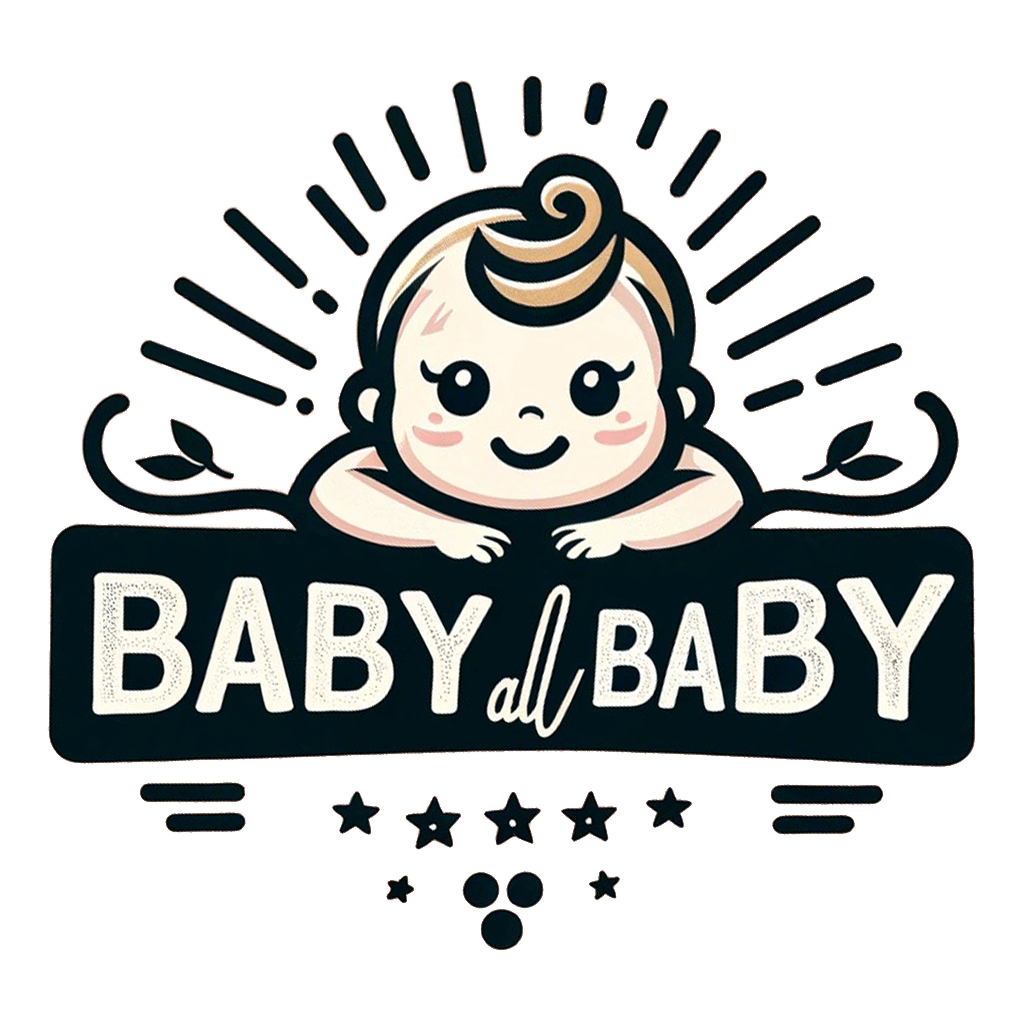A study evaluating the TCA effect on CVS with CHS indicated that both conditions showed significant pain relief 5. The CHS group achieved a 70% improvement, and the CVS group achieved an 80% improvement following the treatment with amitriptyline 5. The primary modes of psychosocial intervention in cannabis use disorder are CBT and motivational approaches, which include the importance of the individual or the social environment. More specifically, CBT and relapse prevention approaches primarily focus on the identification and management of thoughts, as well as external triggers, that lead to its use.
- Since it was first identified in 2004 in Australia, researchers have looked at the effects of cannabis on the vomiting centers of the brain.
- As CHS is a new diagnosis, the manufacturers of these drugs did not design them for treating CHS, but a doctor may opt to prescribe them for this use.
- 11-OH-THC is psychoactive and shares similar potency to THC, whereas THC-COOH is non-psychoactive and has anti-inflammatory effects 27-29.
- Copyright © 2025, AddictionHelp.com The information provided by AddictionHelp.com is not a substitute for professional medical advice.
How CHS Symptoms Progress Over Time
In this phase, patients experience nausea, mild GI discomfort, and anxiety or restlessness. Symptoms are more commonly experienced in the morning but may be felt throughout the day. Patients’ eating habits are unchanged, and weight loss and vomiting are minimal or absent.
This Painful Syndrome Is Sending Cannabis Users to the ER – Are You at Risk?
Experimental evidence reveals that when pesticides are employed in cannabis culture, up to 70% of their concentration may be recruited into its smoke (Sullivan et al., 2013). Cyclic Vomiting Syndrome (CVS) can severely impact daily life, but multiple treatments exist to control symptoms and reduce future episodes. The appropriate approach varies based on the individual’s condition, symptoms, and health. Below, we outline both medication-based and alternative options for managing CVS. Hot showers or baths are one of the easiest at-home remedies to help with CHS symptoms.

Cannabis Hyperemesis Syndrome: Understanding, Causes, and Management
Amitriptyline is initially started at a low dose of 10 mg https://ecosoberhouse.com/ at night and gradually increased to 10 mg every 1–2 weeks until the therapeutic effect is achieved 96. Slow up-titration helps to adapt and minimize anticholinergic side effects, including dry mouth, sedation, constipation, postural hypotension, palpitations, chronic fatigue, blurred vision, nightmares, and mild hallucinations. TCA is used in caution with underlying cardiac arrhythmias, recent myocardial infarction, mania, or severe liver disease 97. Amitriptyline use is not advised during pregnancy, and it is classified as a Category C drug by the FDA. In patients with CHS, elevated urinary concentrations of the cannabis metabolite carboxy-THC (THC-COOH) exceeding 100 ng/mL are indicative of significant chronic cannabis exposure. 2-AG is mainly located in the brain and is primarily involved in the signaling process.
- Patients often experience significant improvement in symptoms once they stop using cannabis, though the process of quitting may be challenging.
- A thorough medical history is essential to recognize these patterns and exclude other possible causes.
- This increases dopamine release and decreases extracellular glutamate in the striatum and mesolimbic systems 69,70.
Although cannabis typically reduces nausea, in CHS, it has the opposite effect, causing symptoms to worsen. Cannabinoid Hyperemesis Syndrome (CHS) is a condition caused by long-term marijuana use, characterized by recurrent nausea, vomiting, and abdominal pain. Individuals with CHS often find relief from symptoms through hot showers or baths. CHS is a rare but serious condition that may develop after years of heavy marijuana consumption. Cannabinoid Hyperemesis Syndrome is a condition that affects individuals who use marijuana regularly, particularly those who have been using it for years or in large quantities.

With cessation, patients usually see complete resolution of symptoms, often regaining health and stability within weeks. Capsaicin cream, IV fluids, and haloperidol may provide temporary relief, but quitting cannabis is the only lasting solution. For those battling cannabis withdrawal symptoms, professional guidance is invaluable. Cognitive-behavioral therapy (CBT) or addiction treatment programs can provide tools to manage cravings and achieve long-term abstinence. The exact threshold of cannabis use that leads to CHS varies among individuals, but the risk increases with the frequency and duration of use.
From sinus infections and high blood pressure to preventive screening, we’re here for you. “It may be that the cannabinoid is only sort of one aspect of the way the patient is hurting that needs to be addressed to really get them to heal,” he said. “I basically spent that week laying in bed and just sipping slowly on water or sipping slowly on what is chs weed my Pedialyte, trying to get as much electrolytes and nutrition as I could,” recalled Brittany, 27, who today is sober.

How long does it take to recover from CHS?
Cannabinoid hyperemesis syndrome has developed from a rare and often misdiagnosed curiosity into a common presenting complaint at emergency departments, particularly in North America. The rest of the world is not far behind given the profusion of high potency herbal cannabis, its extracts and synthetic cannabinoids, the latter arising as a byproduct of prohibition. It is increasingly clear that CHS is an emerging public health risk and one that requires additional research, proper funding, and efforts at preventative education for one of the few true contraindications to cannabis usage.
How soon after cannabis hyperemesis syndrome treatment will I feel better?
Nausea and vomiting are regulated in ECS through central and peripheral pathways 35. Potential causes of CHS include influence on the activity of cannabinoid receptors, conversion of cannabis into emetic substances, or contamination with other toxins 36. Cannabis leads to upregulation of CB1 receptor activity in the hypothalamus, which enhances the hypothermic effects of THC. TRPV1, PPARα, GRP55, and GRP119 are the other receptors influenced by cannabinoids 27. Cannabinoid receptor type 1 (CB1R) is a G protein-coupled receptor (GPCR) primarily expressed in the central nervous system but also found in peripheral tissues. CB1 receptors affect gastric secretion, motility, inflammation, and sensation.
Hot showers or baths are commonly reported to alleviate nausea and vomiting, providing immediate relief for many patients. Finally, in the recovery phase, symptoms gradually decrease after ceasing cannabis use. Regular cannabis users experiencing these symptoms should consider CHS as a potential cause. The root cause of Cannabinoid Hyperemesis Syndrome (CHS) lies in long-term, heavy cannabis use, which triggers recurrent episodes of severe nausea and vomiting. The increased THC levels in cannabis since the 1990s, coupled with a decrease in CBD, have exacerbated the condition.
The major risk factor for cannabinoid hyperemesis syndrome is long-term cannabis use, especially over 10 years. It is also regular cannabis use, especially among those who use it at least once a week or more. At the NuView Treatment Center, we provide comprehensive and personalized treatment for our clients suffering from cannabis use, including CHS syndrome. We believe in addressing the physical and psychological Alcohol Use Disorder aspects of cannabis use with behavioral therapies, counseling, education, and social support. At ACIBADEM Healthcare Group, we are committed to healthcare excellence and providing world-class healthcare services to our patients.
